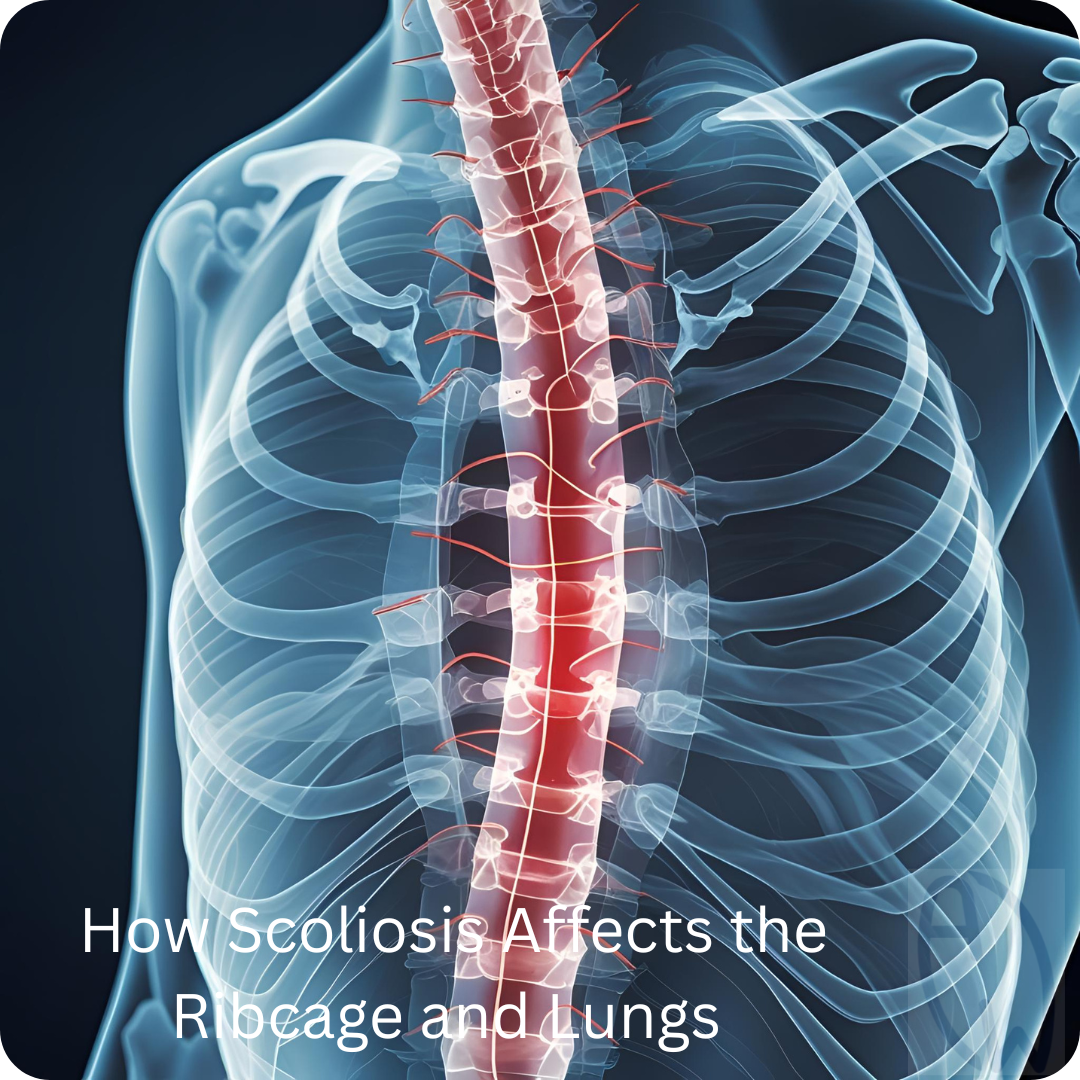
When most people think about scoliosis, they imagine the curve of the spine. But scoliosis also affects the ribcage and lungs. A curved spine can restrict breathing, reduce lung capacity, and even cause stress on the body over time. The good news is that specific breathing techniques—especially those used in the Schroth Method—can help improve lung function, reduce stress, and support overall health.
For patients looking for scoliosis treatment in Singapore, incorporating breathing exercises is one of the safest, most effective, and non-invasive approaches to improving daily health.
Why Breathing Matters in Scoliosis
The lungs sit inside the ribcage, and when the ribcage is rotated or uneven due to scoliosis, the space for the lungs can become limited. This often leads to:
• Shallow breathing
• Reduced lung volume
• Fatigue and low endurance
• Tension in the upper body
Learning how to breathe differently is not just about oxygen. It also improves posture, reduces pain, and helps patients feel more in control of their condition.
The Schroth Method and Rotational Breathing
The Schroth Method is a well-established form of non-surgical scoliosis therapy. One of its core techniques is called Rotational Angular Breathing (RAB).
Here’s how it works:
• Patients are guided to “breathe into” the collapsed side of their ribcage.
• This encourages expansion in areas that normally don’t move well.
• At the same time, the spine is gently elongated through posture correction.
This type of targeted breathing has been shown in studies to improve vital lung capacity, posture, and quality of life for people with scoliosis. For patients in Singapore, Schroth Method breathing exercises are increasingly recommended as a safe and effective way to manage scoliosis without surgery.
Other Helpful Breathing Techniques
While Schroth breathing is the most evidence-based, other methods can be integrated into daily life:
• Diaphragmatic Breathing Focus on breathing deeply into the belly rather than shallow chest breathing. This strengthens the diaphragm and reduces tension in the shoulders and neck.
• Segmental Breathing Place your hands on the sides of your ribcage. As you inhale, direct your breath into your hands to expand the ribs outward. This helps target stiff areas of the ribcage.
• TheraBand Breathing Exercise Wrap a resistance band around your lower ribs. As you inhale, push against the band to encourage rib mobility and expansion.
Benefits Beyond the Lungs
Breathing techniques for scoliosis do much more than expand the ribcage:
• Improved lung capacity – More oxygen means better stamina and less fatigue.
• Reduced stress – Focused breathing activates the vagus nerve, calming the nervous system and lowering anxiety.
• Support for bone health – While breathing itself doesn’t increase bone density, it allows patients to exercise more effectively. Consistent exercise is key to maintaining strong bones.
• Overall health boost – Better oxygenation, posture, and stress control lead to improved daily energy and quality of life.
A Simple Practice to Try at Home
Here’s a starter exercise inspired by the Schroth Method:
1 Stand with your back against a wall and raise your arms overhead.
2 Take a slow, deep breath, focusing on expanding the ribs on your concave side (the side that feels more “collapsed”).
3 As you exhale, imagine elongating your spine upward while gently bringing your ribs closer to the wall.
4 Repeat for 5–10 breaths, resting between sets.
This practice, done consistently, can make breathing feel easier and support long-term spinal health.
Final Thoughts
Scoliosis affects more than just the spine—it impacts the way we breathe, move, and feel. By learning proper breathing techniques, especially those from the Schroth Method, patients can improve lung capacity, manage stress, support bone health, and enhance overall wellbeing.
If you’re looking for non-surgical scoliosis treatment in Singapore, incorporating Schroth Method breathing exercises into your care plan can make a meaningful difference in your recovery and long-term health.
References
1 Kuru T, Yeldan İ, Dereli EE, Özdinçler AR, Dikici F, Çolak İ. (2016). The efficacy of three-dimensional Schroth exercises in adolescent idiopathic scoliosis: a randomised controlled clinical trial. Clinical Rehabilitation, 30(2):181–190.
2 Monticone M, Ambrosini E, Cazzaniga D, Rocca B, Ferrante S. (2016). Active self-correction and task-oriented exercises reduce spinal deformity and improve quality of life in subjects with mild adolescent idiopathic scoliosis. European Spine Journal, 25(2):484–492.
3 Weiss HR, Lehnert-Schroth C, Moramarco M, Moramarco K. (2017). Schroth Therapy: Advancements in Conservative Scoliosis Treatment. Cambridge Scholars Publishing.
4 Negrini S, et al. (2018). 2016 SOSORT guidelines: orthopaedic and rehabilitation treatment of idiopathic scoliosis during growth. Scoliosis and Spinal Disorders, 13:3